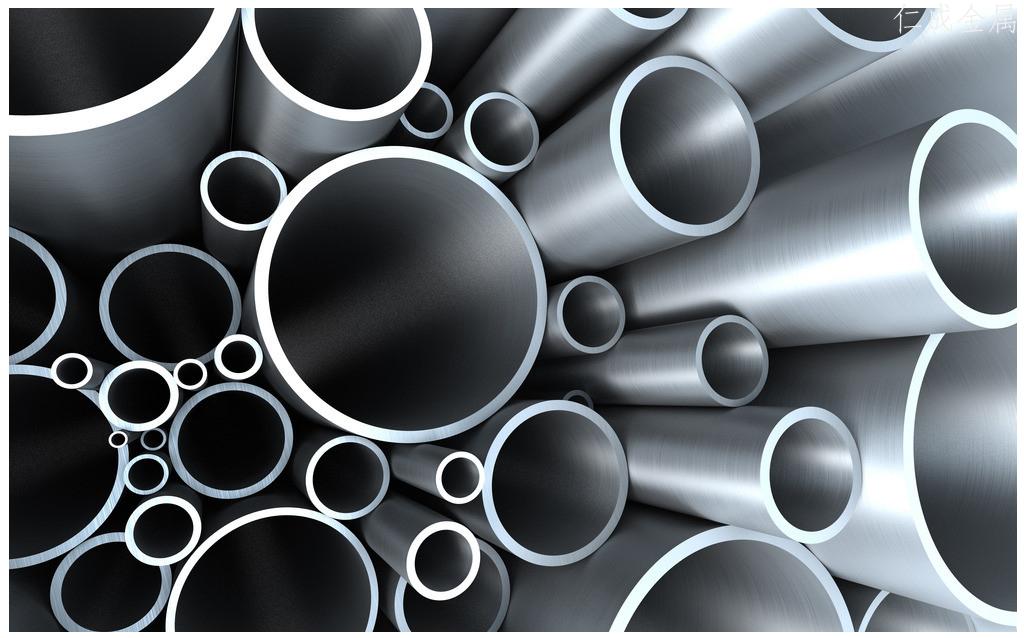纯氧顶吹转炉炼钢法
这种方法是1952年以后发展起来的新技术,它是目前世界上采用较多也是较先进的一种方法。纯氧顶吹转炉炼钢有以下优点:
1、生产速度快 由于用纯氧吹炼,就会高速降碳,快速提温,大大缩短冶炼时间。一座300t转炉吹炼时间不到20min,包括辅助工作时间在内,一共不超过1h。
2、品种多、质量好纯氧顶吹转炉既能炼普通钢,也能炼普通低碳钢。如首都钢厂采用这种方法成功地试炼了一百多种钢材。由于用纯氧吹炼,钢中氮、氢等有害气体含量较低。
3、基建投资和生产费用低 纯氧顶吹转炉的基建投资相当于同样生产量的平炉车间的60~70%,生产费用也低于平炉。
目前纯氧顶吹转炉随着氧枪的多孔喷头的研制成功,大大提高了单位时间内的供氧量,并由于操作技术上的革新(例如,用电子计算技术来调节、控制冶炼过程),不论转炉容量的大小,吹炼时间基本上相差不多,即使300t转炉,净吹氧时时也可缩短到12min左右。在一定限度内,炉容量越大,经济效果越好,因此顶吹转炉迅速走向大型化。现在世界上最大的转炉为350t,并且正在研究建造400~450t转炉。

Basic oxygen steelmaking (BOS, BOF, Linz-Donawitz-Verfahren, LD-converter) is a method of primary steelmaking in which carbon-rich molten pig iron is made into steel. The LD-converter is named after the Austrian placenames Linz and Donawitz (a district of Leoben). The vast majority of steel manufactured in the world is produced using the basic oxygen furnace. Modern furnaces will take a charge of iron of up to 350 tons and convert it into steel in less than 40 minutes. The LD converter is a refined version of the Bessemer converter where blowing of air is replaced with blowing oxygen.
Blowing oxygen through molten pig iron lowers the carbon content of the alloy and changes it into low-carbon steel.
The process is known as basic due to the pH of the refractories - calcium oxide and magnesium oxide - that line the vessel to withstand the high temperature of molten metal.
Basic oxygen steelmaking (BOS, BOF, Linz-Donawitz-Verfahren, LD-converter) is a method of primary steelmaking in which carbon-rich molten pig iron is made into steel. The LD-converter is named after the Austrian placenames Linz and Donawitz (a district of Leoben). The vast majority of steel manufactured in the world is produced using the basic oxygen furnace. Modern furnaces will take a charge of iron of up to 350 tons and convert it into steel in less than 40 minutes. The LD converter is a refined version of the Bessemer converter where blowing of air is replaced with blowing oxygen.
Blowing oxygen through molten pig iron lowers the carbon content of the alloy and changes it into low-carbon steel.
The process is known as basic due to the pH of the refractories - calcium oxide and magnesium oxide - that line the vessel to withstand the high temperature of molten metal.
History
The first basic oxygen steelmaking process was the LD process developed in 1952 by voestalpine AG in Linz, Austria.[2] Some major steelmaking companies in the US did not convert to this process for some years, with the last Bessemer converter still operating commercially until 1968. The LD process replaced both the previously common Siemens-Martin process, also known as the open-hearth process, and the Bessemer process. European companies replaced open hearth furnaces with BOF rapidly after WWII, but US companies were reluctant to give up the old and tried open hearths. The first company in the U.S. to use this type of furnace was McLouth Steel in Trenton, Michigan.
The first BOF in North America was installed at Dofasco in Hamilton, Ontario, Canada.
原文出处:http://www.josen.net/post/Basic-oxygen-steelmaking.html